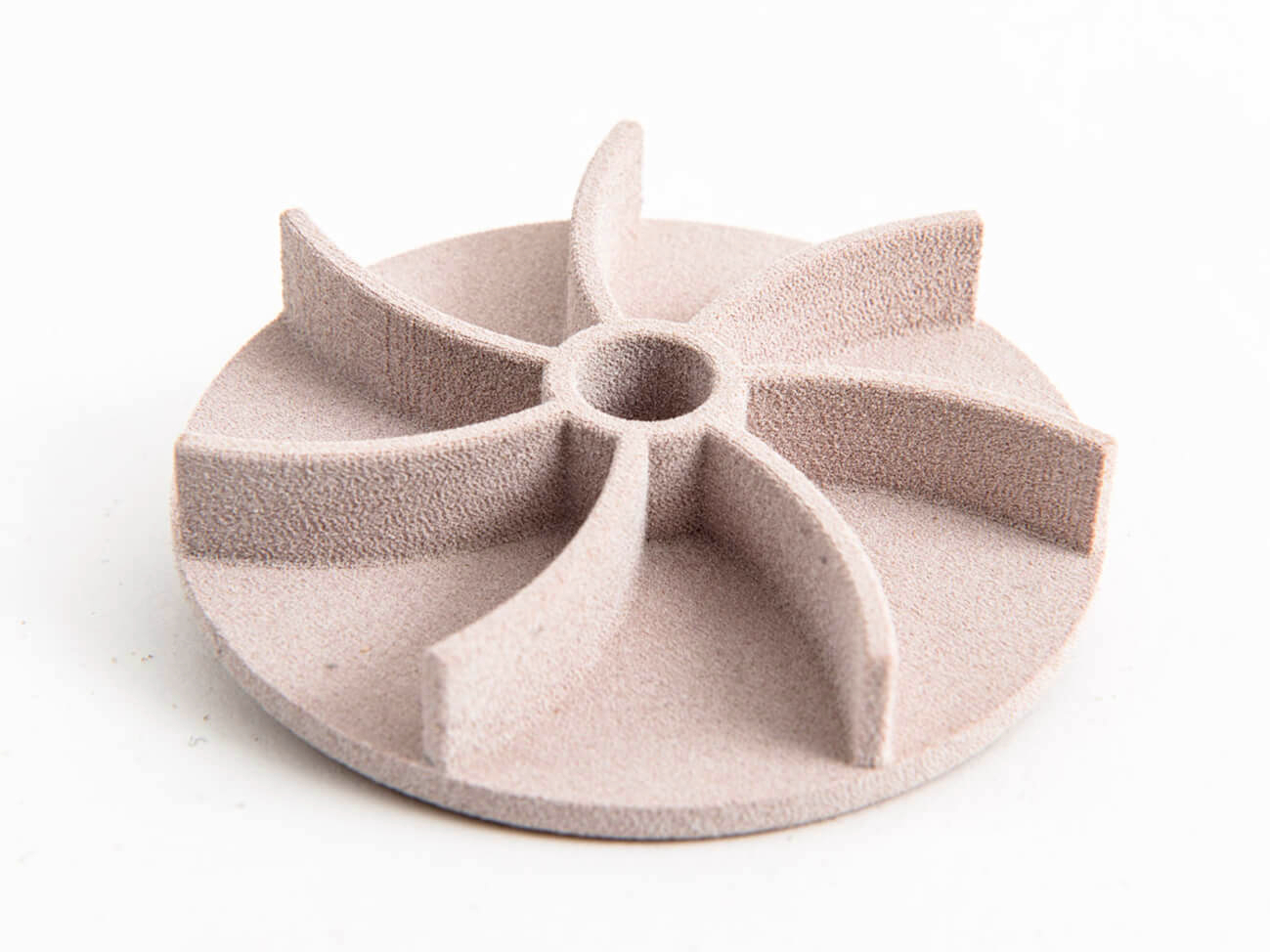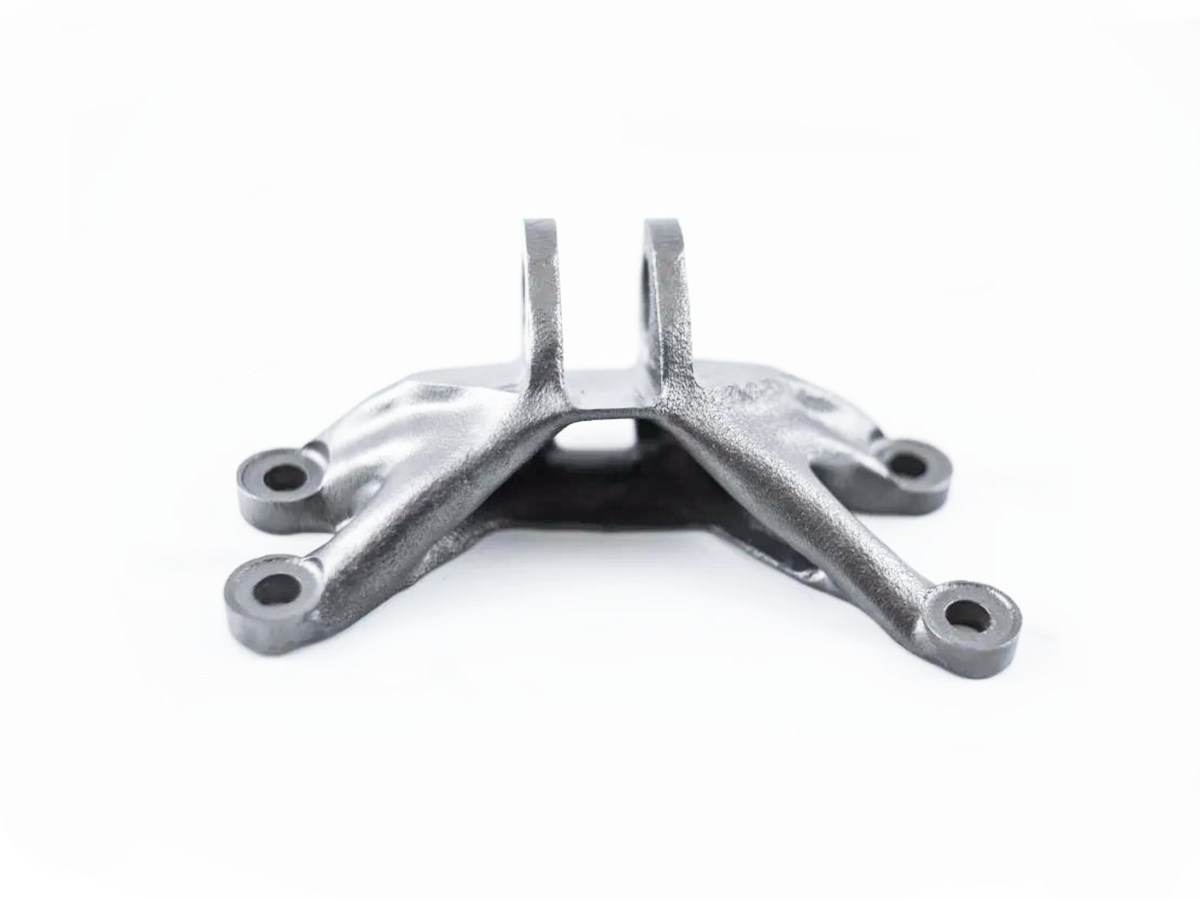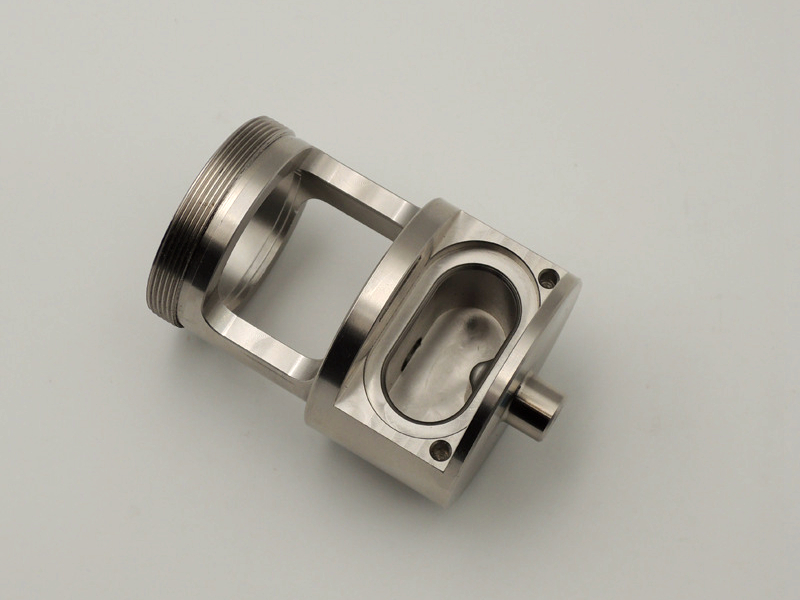What minimum feature size and maximum build volume does SLA offer?
From an engineering perspective, SLA offers excellent fine-detail capability and a wide range of build volumes; however, both the minimum feature size and maximum part size are strongly dependent on the specific machine, optics, and resin system. In practice, we use SLA as a high-resolution complement to other 3D printing services, and then integrate it with CNC machining prototyping when critical tolerances or functional interfaces are required.
Typical minimum feature size with SLA
For professional SLA 3D printing, the effective minimum feature size is usually limited by laser spot size, layer thickness, resin behavior, and part orientation. As a rule of thumb, minimum positive details (embossed text, small ribs, logos) can be reproduced down to about 0.1–0.2 mm in width, provided they are not isolated and have sufficient support. Very fine text with a stroke width below 0.3 mm is generally visible but may not be fully legible or durable in handling.
For walls, we recommend a minimum wall thickness of 0.5–0.8 mm for non-structural features, and 1.0–1.5 mm where parts will be handled, assembled, or subjected to stress. Extremely thin fins or pins, those below 0.5 mm, tend to be fragile and are sensitive to orientation, support removal, and post-curing. Small holes and channels are another constraint; to ensure a reliable opening after printing and cleaning, internal channels are usually kept at or above a diameter of 0.7–1.0 mm.
When the design pushes these limits, we often print a first article via prototyping services and then adjust feature sizes based on real-world results rather than theoretical values, especially for critical sealing edges, snap fits, or microfluidic details.
Maximum build volume and part size
On the upper end, SLA systems range from compact desktop platforms to large-format industrial machines. Typical professional SLA printers offer build volumes ranging from approximately 145 × 145 × 175 mm to around 500 × 500 × 300 mm. Some dedicated large-format systems can exceed 800 mm in one axis, but usable build height is always slightly less than the nominal envelope due to margins for supports and resin behavior.
From a manufacturing perspective, we rarely design parts to fully occupy the maximum advertised build volume. Instead, we maintain a safety margin of at least 5–10 mm on each axis to account for support structures, edge effects, and warpage. For parts that exceed a single-build envelope, a common strategy is to segment the model into modules with engineered joints, then assemble and finish them using plastic CNC machining and bonding operations.
Selecting the right combination of resolution and size
In real projects, the practical limits are often set not only by what the SLA machine can do, but also by downstream requirements. Long, thin parts printed near the maximum build height may show more distortion and require secondary straightening or machining. Very high-resolution settings (thin layers) greatly increase build time and cost, so we typically reserve the finest parameters for regions that truly benefit from them, combining SLA with other additive manufacturing processes or CNC finishing for the rest.
In summary, SLA is capable of producing fine details with sub-0.2 mm accuracy and building volumes ranging from small precision components to substantial housings and panels. The optimal combination for your custom CNC machining and 3D printing project depends on application, tolerances, and cost targets; that is why we always translate nominal machine specifications into conservative, production-ready design rules.



